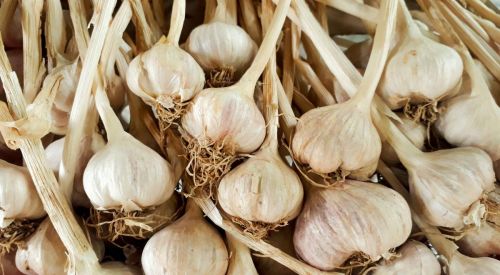Rapeseed - one of three varieties of cabbage rapeseed (Brassica napus) is probably an offspring of two different species. It is one of the oilseed crops grown for its high-fat content. A distinctive feature of rapeseed is its intense yellow, four-petaled flowers, which make the fields look almost magical in May.
At that time, rapeseed oil was used as fuel for lamps and later also for soap production.
In serf times, rapeseed oil was used by the poor as an omelet.
Globally, the largest producers are Canada, China and India.
Spring rapeseed is an annual crop and winter is a biennial.
Seeds are sown in August, germinating as early as a week after sowing into the ground. Even before winter, rapeseed produces a short stem covered with several leaves. Full development and flowering occurs in the spring. The first flowers appear in May, although in warmer areas of the field, they can bloom as early as April.
Spring rapeseed blooms in late June and early July.Spring rapeseed blooms in late June and early July.
The psyllium cracks quite easily, so there can be significant losses when harvesting.
It takes about 2.5 -3 kg of rapeseed to produce a liter bottle of oil.
In industry, single or double pressing is used, depending on the needs.
Oil intended for consumption must be deodorized.
It is also used to produce diesel fuel, and biodiesel.
It is used as fuel or for making fiberboard.
It is a melliferous crop, and thanks to its large areas of cultivation, it is a rich source of raw material for bees.
In the kitchen it is used for almost everything: frying, stewing, baking, salads, and dressings.
This acid has toxic effects on the body. It makes up as much as 50% of the fatty acids in this oil.
The majority of these are oleic, linoleic, and linolenic acids, or essential fatty acids (EFAs), which play an important role in many metabolic processes.
At the same time, it contains only 7% saturated fatty acids, half as much as olive oil.
It also contains plant sterols and phytosterols which are one of the basic building blocks of plant cell walls. They can inhibit the absorption of cholesterol in the small intestine while helping to lower the level of the LDL fraction of cholesterol.












